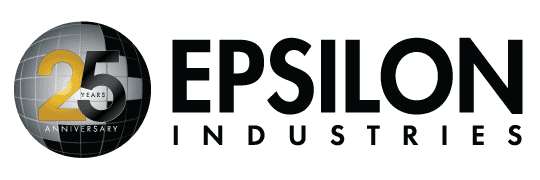Four years ago we shared takeaways from an interview with Brendan Betchel (CEO of Betchel Group) about what keeps him and other industry professionals awake at night. Since then, a global pandemic disrupted the industry, and the worries of today are both similar and far different.
At the time, as Betchel noted, manufacturing productivity was on the rise while construction productivity remained flat. Four years later, with the pandemic largely in the rear-view mirror, we’ve seen an explosion in the trend of reshoring and nearshoring, which has driven tremendous construction activity in support of new and expanded domestic manufacturing capacity. Although interest rates are rising, this segment of commercial construction seems to be outperforming others.
So what is keeping leaders awake today?
Changing market dynamics as companies work through a backlog of projects. As the semiconductor, automotive, and pharmaceutical plants come online, what construction opportunities will replace them? Will government incentives for domestic manufacturing offset rising interest rates?
Supply chain issues have largely eased, resulting in stabilized lead times and more cost certainty. However, the pandemic highlighted undeniable systemic risks with global supply chains, and prudent industry leaders are developing strategies to minimize future potential disruptions. Those strategies can have cost consequences as technologies evolve, while others, such as moving to modular construction, have more inherent stability.
Talent in the workforce continues to be an issue. Not only is hiring still challenging, it’s also harder to hire and retain talented employees and experienced workers. As older employees retire, the need to overcome a knowledge gap grows. No matter how much work you have coming in, if you don’t have the right experience on your team – not simply the right numbers in your FTE count – you can’t complete projects on time and on budget. Whether a company embraces the Minecraft generation or over-hires to offset turnover, talent is a driver of sleepless nights.
Feeling behind the technology curve also contributes to unease. Leading companies are embracing Design for Manufacturing and Assembly, processes that minimize physical and digital waste, and technologies that enhance execution. Those who lag behind in embracing technology are likely to get left behind in the coming years.
These are a few of the challenges that keep industry leaders awake as the commercial construction market continues to adapt to a post-pandemic world. And all of these challenges tie back to the original driver of sleepless nights for industry professionals that we highlighted four years ago: the need to improve productivity in the construction industry. We don’t pretend to have all the answers; however, Epsilon’s constant focus on construction efficiencies and working with leading project teams to push the boundaries of what’s possible has us well-positioned to help any leader with sleep-depriving challenges.

